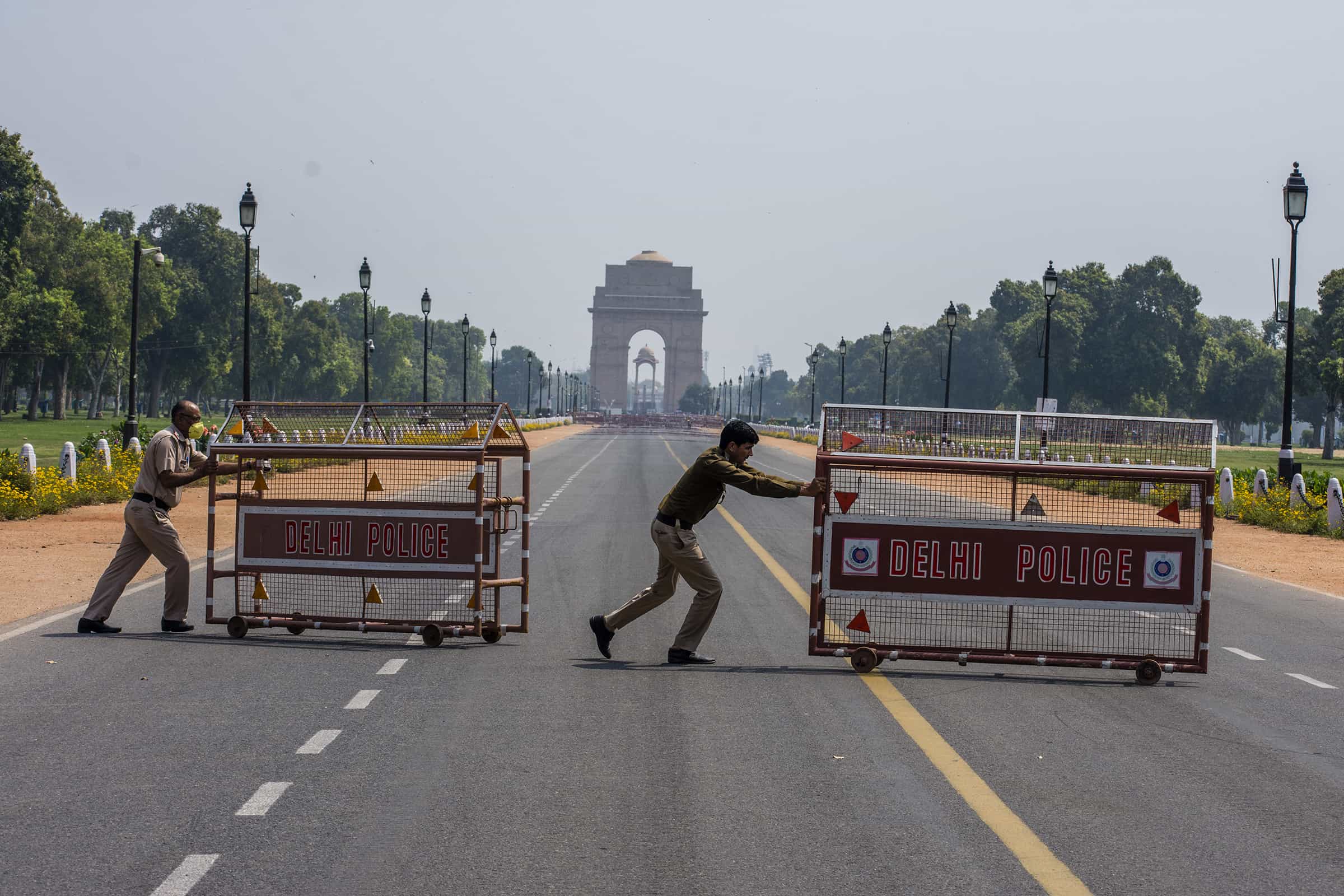Last year, on this same day, India joined other nations in the fight against Covid-19 by voluntarily observing Janata Curfew after Prime Minister Narendra Modi addressed the citizens and urged them not to stir out of their houses from 7 am to 9 pm, unless there was an emergency. It was a precursor to the lockdown, which continued for several months and wreaked havoc with people’s lives and economies.
One year passed by and apparently, the pandemic situation has gone full circle with several states in India heading towards a partial lockdown at least, to tackle the second wave of Covid-19, which it is being reported is milder but more transmissible.
With people succumbing in large numbers to the deadly disease during the peak of the first wave in May last year, India, like many other countries across the world, intensified its efforts in producing the vaccine and permission was accorded to two vaccines for emergency use. The world’s largest Covid-19 vaccination drive was launched on January 16, 2021 and the first dose was administered to a sanitation worker at AIIMS, New Delhi. However, manufacturing and administering the vaccine to every individual across the country needs time.
Even while the medical and health systems are grappling with the situation, there are reports that several states in the country have seen a surge in the number of active cases. In November, witnessing a dip in the number of cases, public let the guard down and began ignoring the Covid protocols of maintaining physical distance, wearing masks and sanitising hands frequently, leading to the current situation.
Maharashtra seems to be the worst hit in India due to second wave of Covid. The Covid graph in the state, specially Mumbai, is similar to that of the Europe which saw a tenth of the first wave deaths. It was found that the number of cases were increasing among those travelling in local trains and in places witnessing heavy rush of people.
Neighbouring Telangana is also witnessing a surge in the number of Covid cases and Chief Minister K. Chandrasekhar Rao is likely to impose partial lockdown. The TRS government is mulling to declare closure of educational institutions and resume online classes for students, as many hostels and schools reported of increasing cases on the premises.
Significantly, the second wave is infecting younger people more than the elderly, who were hit in the first spell.
Coronavirus cases are showing an upward trend in Karnataka, Gujarat, Tamil Nadu and Punjab too in the second wave.
However, the condition is not so alarming in many other states in India. In the last 24 hours, as many as 16 states, including Andhra Pradesh, did not report fatality due to the deadly disease.
The cumulative recoveries of India stand at 11 million, with a recovery rate of 96 per cent, as per the health officials.
Tags Covid-19 First Anniversary Of Lockdown Lockdown
 Gulte Telugu news
Gulte Telugu news

















